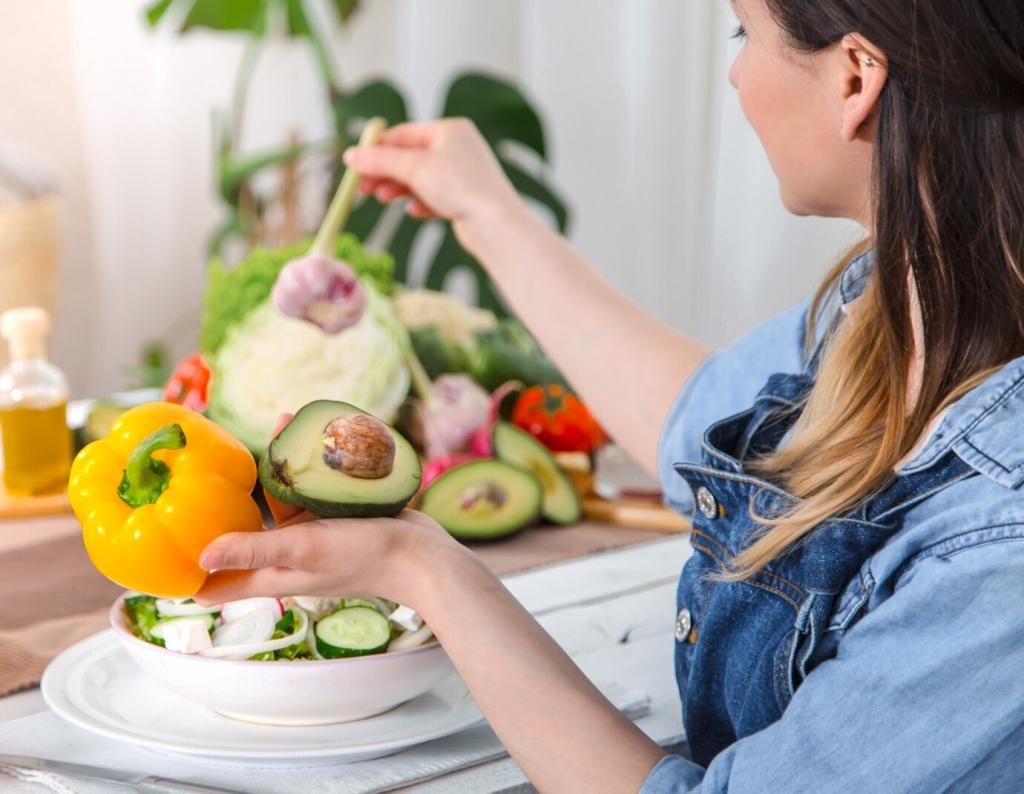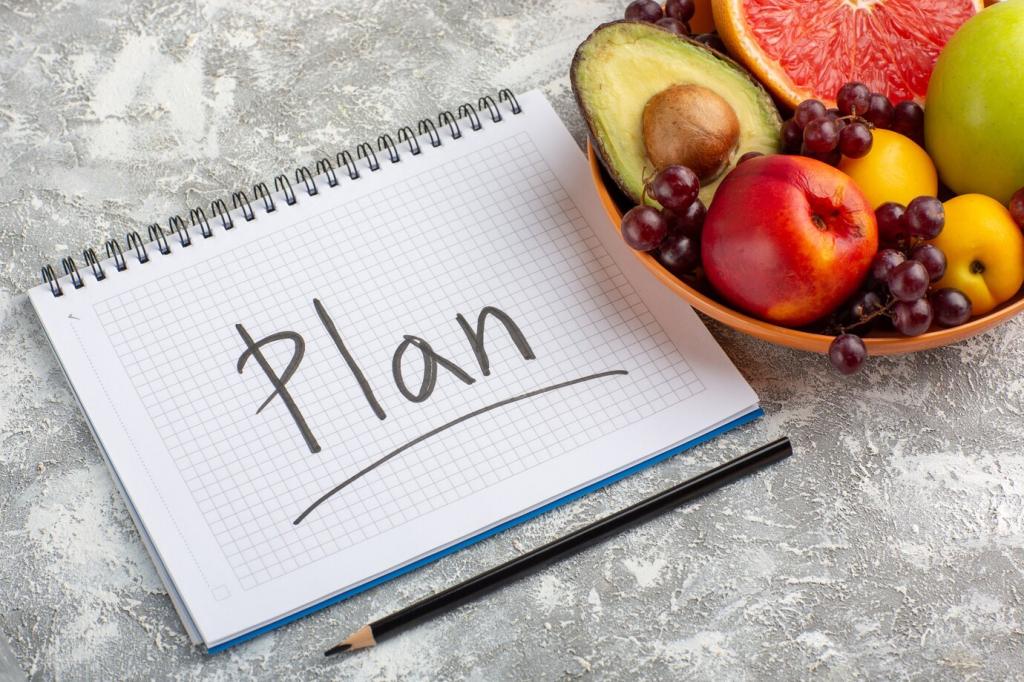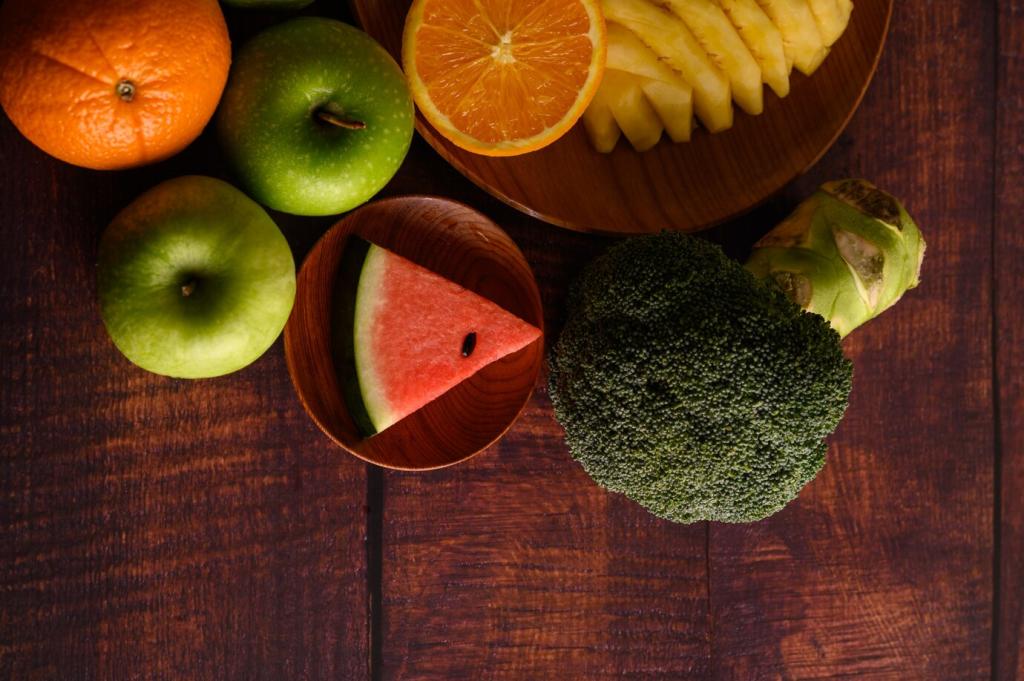Mastering meal prep can be a game changer for busy professionals striving for balanced nutrition, reduced stress, and more productive days. With a thoughtful approach, you can save time, conquer the temptation of unhealthy takeout, and enjoy delicious meals tailored to your preferences and dietary needs. This guide provides actionable strategies and insights to help you streamline your meal prep routine and maintain a healthy lifestyle despite a hectic schedule.
Efficient Planning for Stress-Free Meals
Setting Realistic Goals
When embarking on a meal prep journey, it’s crucial to set achievable and sustainable goals that align with your lifestyle and dietary preferences. Consider how many meals you need to prepare, preferred portion sizes, and the variety of meals you’ll enjoy without feeling overwhelmed. Setting clear objectives not only keeps you focused but also helps you avoid burnout. Remember, meal prep isn’t about perfection—it’s about making your week easier and healthier. Start with a manageable number of meals and gradually increase as you become more comfortable with the process.
Scheduling Weekly Planning Sessions
Dedicating a specific time each week for meal planning can transform chaotic weekday evenings into stress-free routines. Choose a day, such as Sunday afternoon or Friday evening, to outline the upcoming week’s menu. Use this time to assess your calendar for work commitments, social events, and potential late nights. By aligning your meal plan with your schedule, you can prevent food spoilage and ensure you have meals ready for even the busiest days. Consistency is key—treat your planning session as a non-negotiable appointment with yourself.
Organizing Your Shopping List
An organized shopping list is indispensable for efficient meal prep. After finalizing your menu, group ingredients by category, such as produce, pantry staples, and proteins. This method streamlines grocery trips and minimizes the risk of forgetting essential items. Digital tools and apps can further simplify this process by allowing you to save favorite recipes and generate lists automatically. Being methodical with your shopping list not only saves time at the store but also helps you stick to your budget and avoid impulse purchases.
Batch Cooking Basics
Batch cooking involves preparing larger quantities of food in advance, so you have multiple portions ready to go for days ahead. This approach is particularly effective for staples like grains, roasted vegetables, and proteins that can be mixed and matched throughout the week. To get started, choose recipes that store well, like stews or casseroles, and allocate a few hours during your least hectic day. Batch cooking not only saves time but can also reduce energy usage and leave you with fewer dishes to wash—an invaluable perk for professionals with packed schedules.
Prepping Ingredients Ahead of Time
Prepping ingredients in advance is a time-saving technique that pays off every day of the week. Washing, chopping, and portioning vegetables, marinating proteins, and measuring out dry goods are tasks you can handle during downtime. Prepped ingredients can then be swiftly assembled into meals, even on your busiest mornings or evenings. Storing prepared components in airtight containers also helps preserve freshness, allowing you to maintain quality and flavor in every dish, regardless of your time constraints.
Utilizing Time-Saving Tools
Incorporating kitchen gadgets and tools into your workflow can dramatically accelerate meal prep. Appliances like slow cookers, rice cookers, food processors, and instant pots automate much of the cooking process, letting you multitask or relax while your food prepares itself. Investing in quality knives, cutting boards, and storage containers enhances efficiency and safety. By leveraging modern conveniences, you’re not only simplifying preparation but also ensuring consistency and enjoyment in your meals, week after demanding week.

Storing and Organizing Prepped Meals

Choosing the Right Containers
The choice of storage containers plays a significant role in preserving the taste, texture, and safety of your food. Opt for containers that are airtight, leakproof, and appropriately sized for your meals. Glass containers are ideal for reheating, as they can go from fridge to microwave without any issues, while BPA-free plastic options offer lightweight convenience for on-the-go lunches. Using stackable sets maximizes space efficiency and keeps your fridge organized. Well-chosen containers extend shelf life, minimize spills, and help you portion meals accurately, making healthy eating even simpler.

Labeling and Rotating Inventory
Labeling your containers with the preparation date and food type is a small step that yields substantial benefits. This practice helps you identify what to eat first and reduces the risk of consuming expired food. Rotating your meal inventory—placing the newest items at the back and older ones at the front—ensures that nothing gets forgotten and wasted. Organized labeling and rotating provide peace of mind, save money, and enable you to maintain a consistent meal prep habit without unnecessary guesswork.

Maximizing Fridge and Pantry Space
A tidy fridge and pantry allow you to store more meals and ingredients more efficiently. Group similar items together and designate shelves for different types of food, such as proteins, vegetables, or snacks. Utilize clear containers and bins to easily spot what you need. Consider incorporating lazy Susans or shelf risers to make the most of vertical space. Regularly decluttering your fridge and pantry keeps your meal prep workflow seamless and removes the stress of searching for ingredients or prepared meals during your busy workdays.
